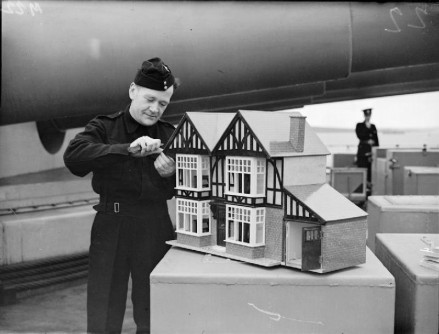How are young Americans getting involved in their communities? How might they get more involved in the future? The research agency Achieve along with the Case Foundation and several other research partners have released the 2013 Millennial Impact Report with useful insights. This fourth annual study surveyed 2,665 young Americans who were born between 1979 and 1994. Most were college graduates and 65 percent were employed fulltime.
In 2012, according to the report, 73 percent of Millennials volunteered for a nonprofit organization. Almost four out of five young volunteers said that did so because of their passion for the cause. More than half were motivated by their interest in meeting likeminded volunteers. And nearly 83 percent of young Americans donated money to a nonprofit last year.
Young people value causes over specific organizations. They want to be involved in eradicating global poverty, combating human trafficking, or cleaning up a local watershed. It’s not just about joining the Kiwanis Club or the Elks Lodge. While previous generations joined clubs and organizations first, and only then discovered ways to serve, today’s young Americans see a problem first and then look for a way to solve it.
It’s no surprise that Millennials’ connections with problem-solving organizations often come through the internet. Half of the survey participants follow 1-5 organizations through social media. For many this is the primary way that they keep up to date on organizations’ activities and learn how to get involved. Two-thirds of respondents subscribe to email newsletters for nonprofits. As a result of email subscriptions in the past year, 52 percent of respondents signed a petition or pledge, 52 percent made a donation, and almost half forwarded the email to friends or posted a link on social media.
“Millennials are highly selective about what organizations they engage within a crowded and noisy marketplace,” says the Achieve report. To cut through the clutter and maximize visibility among young people, nonprofits’ social media messages should include short stories, lots of photos, and opportunities for action and interaction. Posts should be likable, sharable, and retweetable. Emails should include event calendars, one or two actionable items, and short blurbs with links to longer articles. The medium of email should emphasize quality over quantity; Millennials’ top nonprofit email-related annoyance, claimed by 71.5 percent of respondents, is when groups send too many emails.
Online giving is by far the preferred way for young people to donate to organizations. Eighty-four percent of respondents said that they gave money or want to give money through the internet. In-person giving, such as a fundraising dinner or a face-to-face ask, is the second most popular way of donating money (48 percent of respondents listed this option), followed by donations via smartphone. A mere 11 percent of young people like to give over the phone; about 7 in 10 respondents expressed their dislike of telemarketing calls.
For Millennials, the internet is a far wider portal to the community than service clubs and fraternal groups, but young volunteers do value networking in the midst of service. Almost 72 percent of respondents expressed interest in joining a young nonprofit professional group. Chambers of Commerce, United Ways, and Rotary Clubs should look to engage young people in combined service and networking activities.
As young people strive to meet professional and service goals, nonprofits should strive to match the specific skills and talents of young professionals with organizational and community needs. Forty-six percent of survey respondents said that their motivation for getting involved in an organization was the opportunity they had to share expertise or skillsets. Young volunteers want to get involved in areas where they know that they personally can make the most meaningful difference.
Another opportunity for nonprofits is in the area of board development. Thirty percent of respondents said that they are interested in serving on a nonprofit board of directors. According to the report, young volunteers aspiring to board leadership are “a significant untapped market for organizations . . . an active, mission-driven group of young people ready to share their skills and passion on behalf of their causes.”
When it comes to giving money, young people want to do more than respond to an ask. They want to get their friends involved. An amazing 70 percent of survey participants said that they want to raise money for a nonprofit. More than two thirds of Millennials like to collect pledges for events such as cancer walks and 5k benefit runs. Forty-six percent would ask wedding guests or party attendees to donate to a cause in lieu of physical gifts. And 45 percent say they don’t mind fundraising among family and friends when they are inspired by a good cause.
The Millennial generation may be the most civically inclined cohort to come along in quite awhile. Community leadership and service will look very different in the 21st century than it did in the 20th, and young people are eager to get involved. Forward-thinking nonprofits will find a ready group of givers, volunteers, and leaders if they commit to building relationships with the next generation.







5 thoughts on “Millennials: the next civic generation”